Corn, also known as maize, is a cereal grain and starchy vegetable with high fiber concentration, vitamins, and minerals. Corn is consumed and grown all over the world and is noted to have high carbohydrates with many health benefits.
Growing Corn through Companion Planting
There are certain limitations to planting corn on farmlands, but companion planting could solve as many limitations as exist around corn plantations. Companion planting involves planting other crops with corn on the same farmland to clear out some of the environmental constraints, weather, animals, pests, et cetera.
1. Cucumber
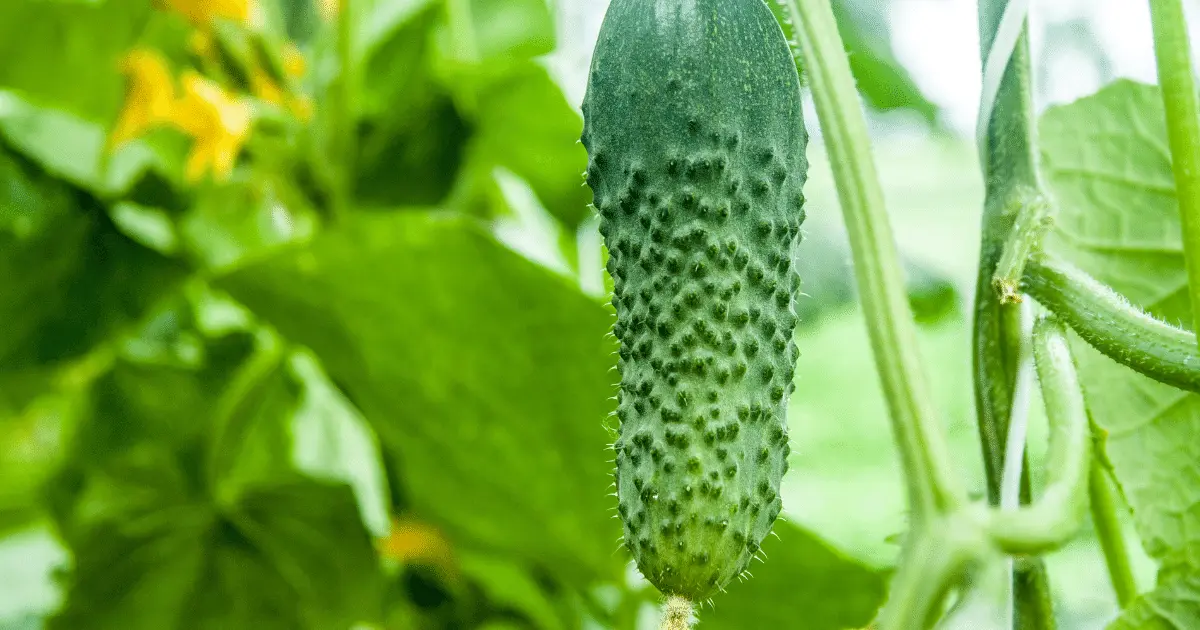
The cucumber is a crawling plant; it spreads across the ground to cover its surface. This property is corn is the reason it is a good companion for corn, the ground cover that Cucumber provides helps the corn plant to remain moist in and out of season. The presence of cucumbers around corn will also shield weeds of the corn plantation, reducing soil nutrient competition for the corn.
2. Peas
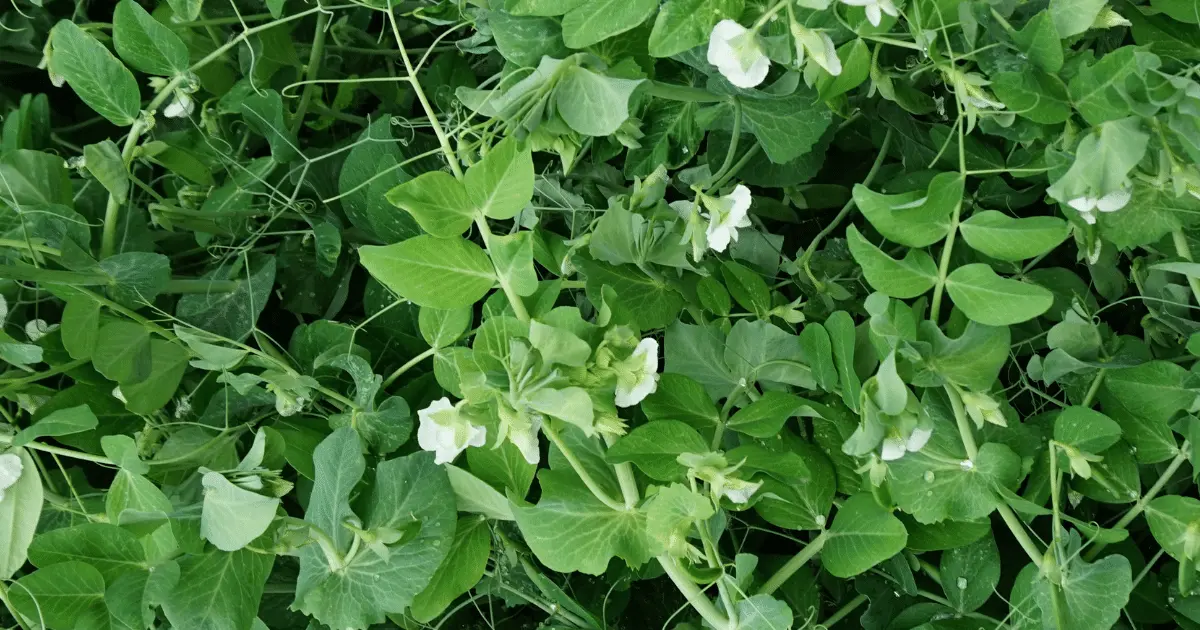
Peas are nitrogen-exhuming plants; they release nitrogen back into the soil. This nitrogen is a good supply of nutrients that corn, a heavy nutrient feeder, depends upon. Therefore, planting corn and peas in the same garden space benefits the corn greatly.
3. Beans

In some settings, beans are considered one of the three sister plants, of which corns are the second. Beans are good companions for corn because beans exhume and fix nitrogen into the soil, just as peas do. Corns need a heavy supply of nitrogen to thrive, and the presence of beans ensures that.
4. Squash

Squash, just like Cucumber, is a crawling plant that spreads to cover the ground wherever it is planted. The ground cover that squash provides ensures that the corn accesses a moist environment even in the hottest weather. Squash is the third member of a trio of companion matchmaking plants; the other two are corn and beans. This trio is called the three sisters in some circles.
5. Radish

Radish also makes a great companion for corn because they keep pests such as Cucumber beetles away from the corn plantation. Radish deters pests that would bring living disaster to the corn farm if their access is not prevented.
6. Potatoes
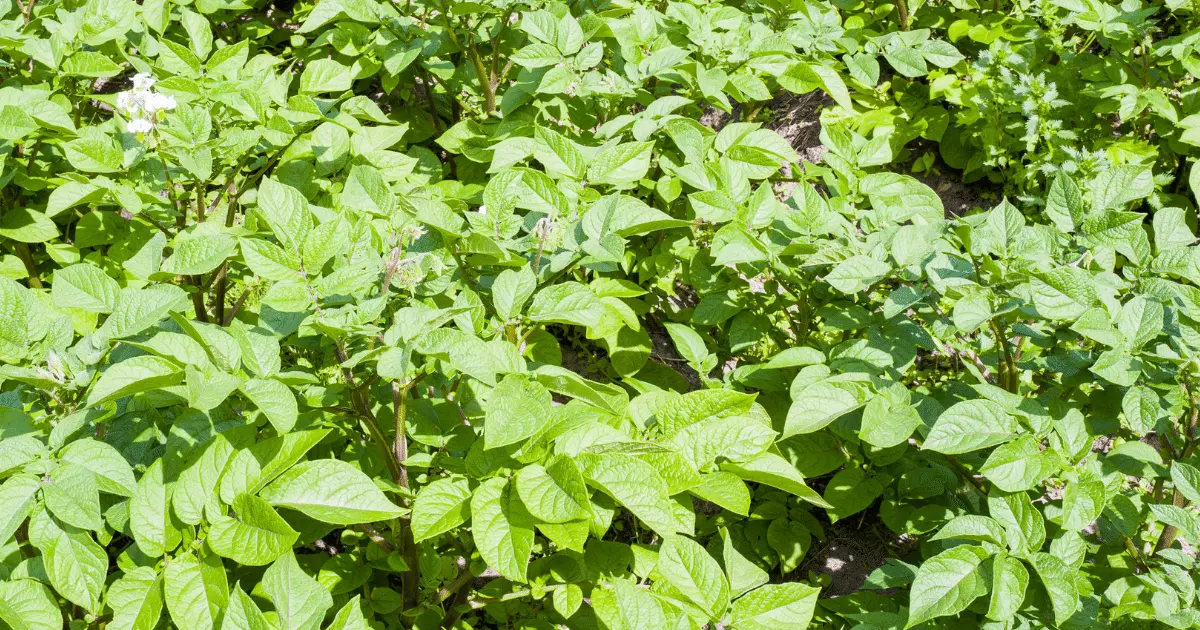
Potatoes benefit more from the companioning of corn and potatoes. Potatoes are protected from diseases by the presence of corn. The strategic planting of corn around potatoes will also give a better potato yield at harvest.
7. Thyme

Corn earworms are another set of pests that plague corn farms. But thyme, an aromatic herb with its scent, can keep this voracious pest and other pests of corn away from the corn farm. This ensures a better-protected corn plantation.
8. White Clover

White Clover will fix nitrogen into the soil for the use of the corn. Corn loves nitrogen, and in the presence of the right amount of nitrogen, corn will blossom. White Clover will also create a ground cover for the corn, keeping the soil consistently moist for the growth of the corn. The corn serves the white Clover by providing ample shade and protection from harsh sunny days. After white Clover completes its growth cycle, it decays and decomposes into the soil. Corn can further access essential nutrients for growth through the decomposed White Clover parts.
9. Melon

Melons spread quickly across the ground surface, which is suitable for corn because it keeps the ground moist for growing the corn. But much more than moist soil, the presence of melon around corn will keep weeds away from the farm because of the ground cover melon provides. This eventually ensures the corn has access to the right amounts of soil nutrients it needs to grow.
10. Lettuce
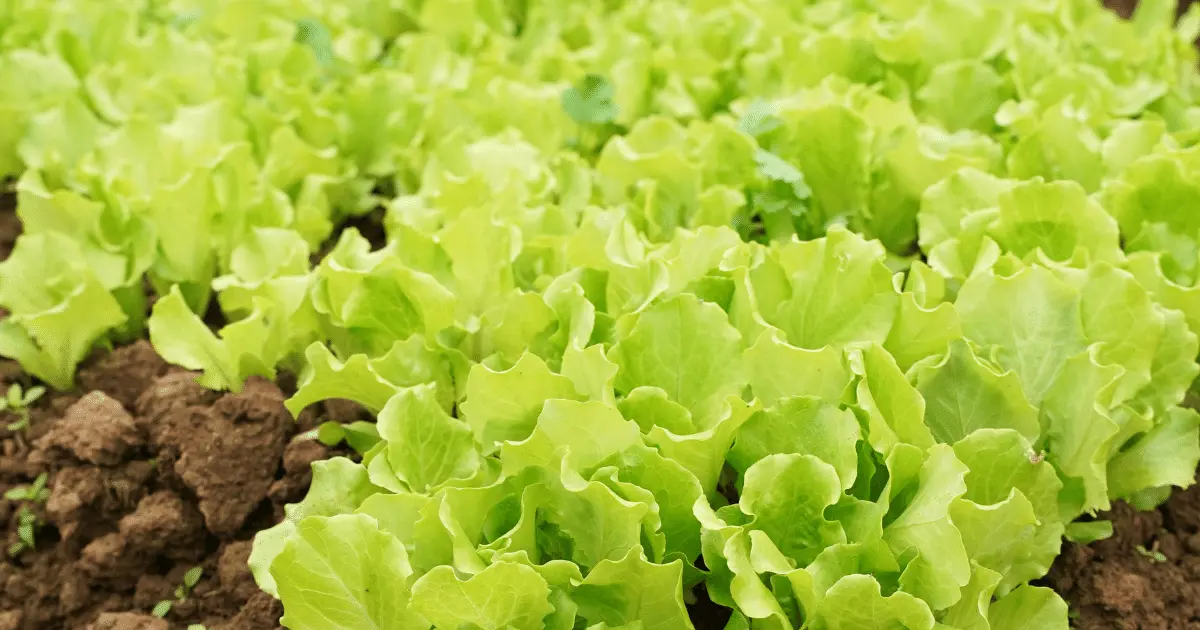
Lettuce is a weed control mechanism when planted as a companion to corn. Lettuce doesn’t grow tall, but it grows in high numbers, keeping the base of the corn farm occupied with a helpful plant. This keeps weeds off the corn plantation, essentially reducing nutrient competition. Corn can grow very tall, much taller than lettuce can ever imagine growing. This property of corn serves the lettuce by providing ample shade for the corn to grow.
11. Borage
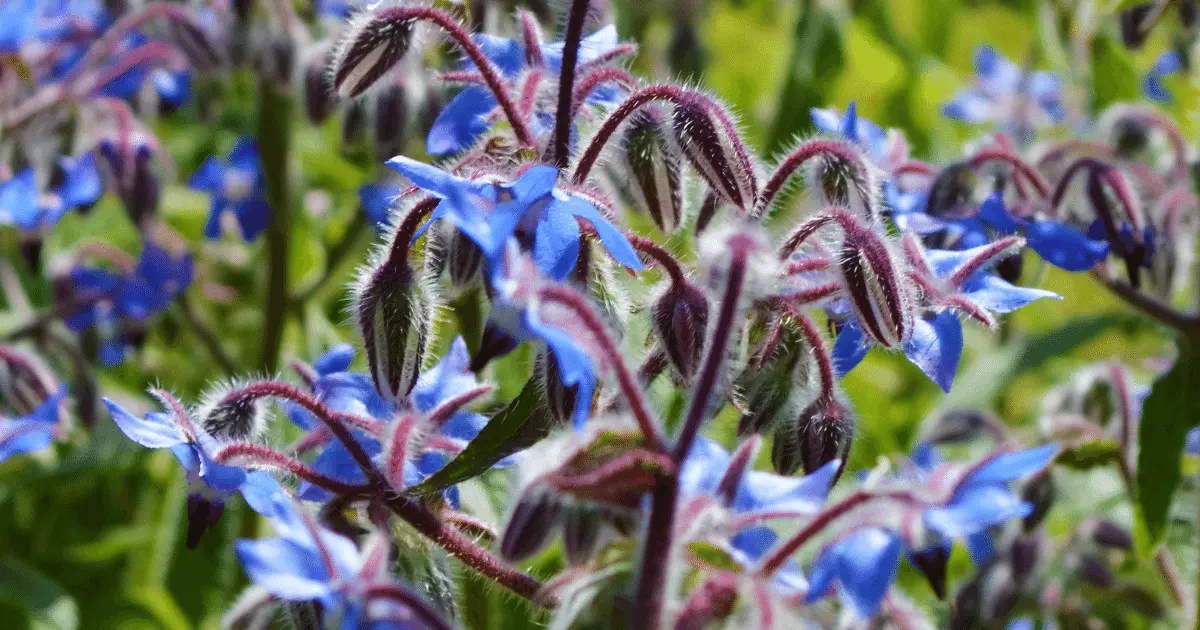
Borage can add an aesthetic touch to the greenness of the corn planting space. It attracts beneficial insects to the corn planting space while deterring worms. Those are the reasons you should consider the borage-corn duo.
12. Basil
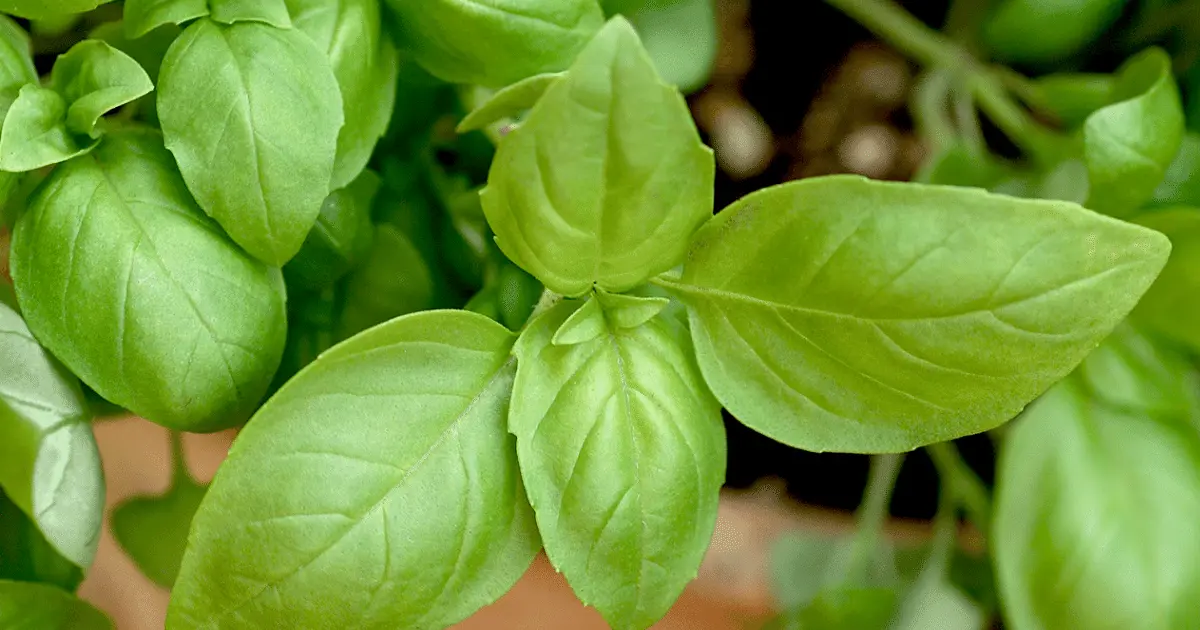
Basil repels maize weevils which are terrific pests of corn. Basil is useful for corn as a plant and a leaf around corn grains because it will repel corn pests nonetheless.
13. Oregano

Oregano is an aromatic herb, which means it has a strong scent. The strong scent of the oregano will keep deer away from the corn plantation. Suppose deer are allowed entrance into the corn farm. Getting anything meaningful from the corn harvest becomes difficult.
14. Sage

Sage is another aromatic herb that deters pests of corn, and rodents especially do not like the smell of sage. The presence of sage also deters deer, so planting a line of sage around your corn farm will keep the corn free from deer disturbance.
15. Lavender
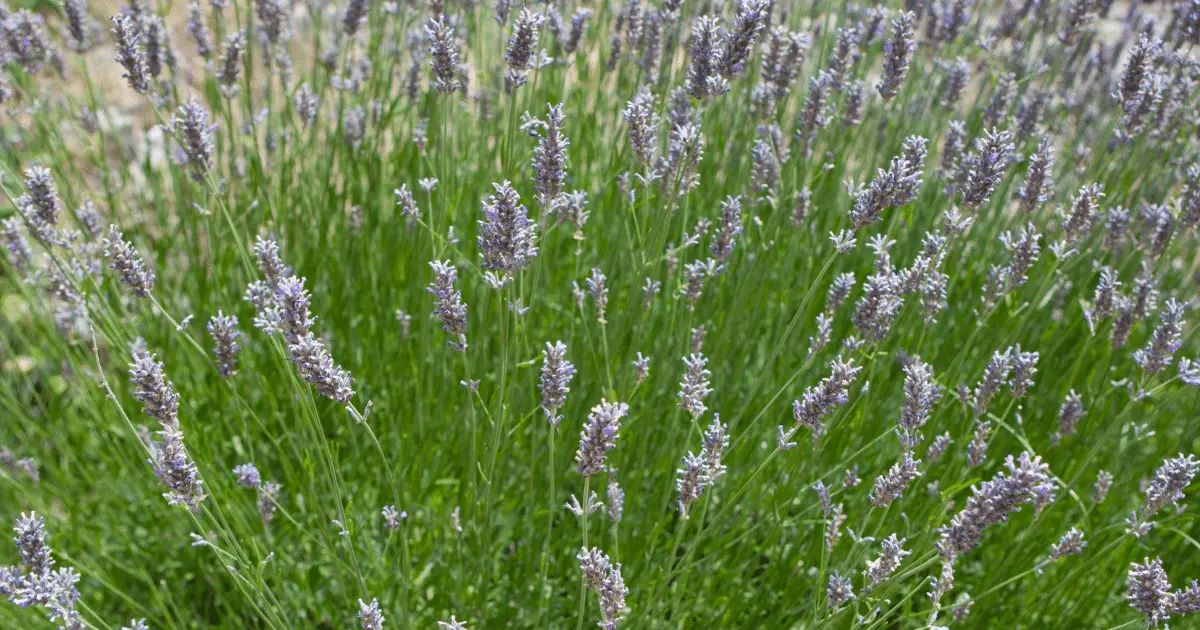
Lavender is an aromatic herbal plant with purple-like flowers and a strong scent. Deers do not like the smell of Lavenders, so plant Lavenders around your corn farm to prevent deer infestation of your corn.
16. Marigold

Marigolds add an aesthetic touch to the corn farm, but they also deter pests of corn from the farm with their strong odors. Marigolds are also known to attract pollinators to the corn plantation.
17. Sunflower
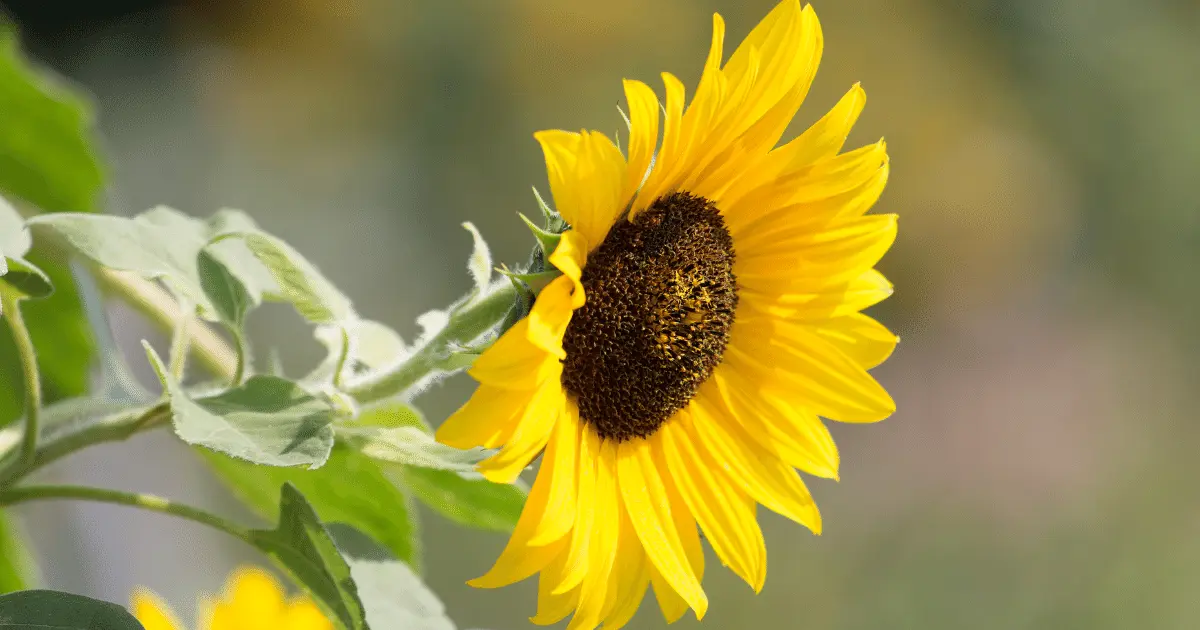
Ladybugs are pests of pests; they prey on insects that feed on corn. The presence of a Sunflower attracts these ladybugs. But sunflower isn’t just for list pest control; it also beautifies the garden space when planted as a companion to corn.
18. Nasturtium

Nasturtiums are attractive to aphids, and aphids are terrific pests of corn. You can therefore use nasturtiums as a trap crop which you’ll sacrifice to the aphids, thereby keeping them off the corn. Having nasturtiums around a corn plantation is a huge plus for the corn farm.
19. Pumpkin
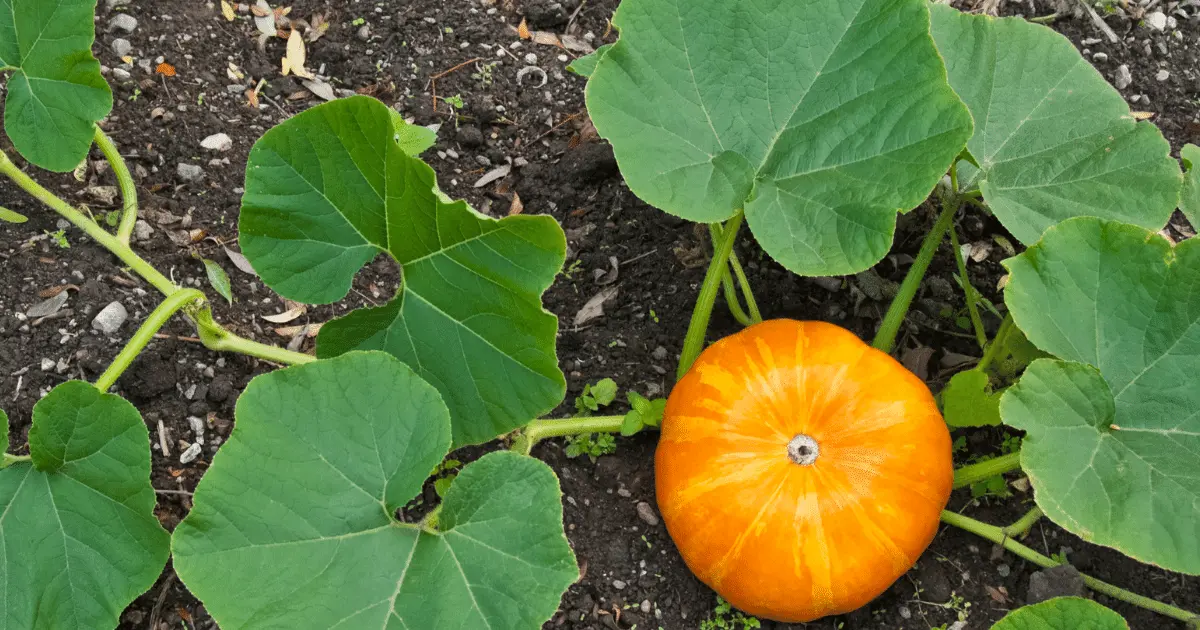
Pumpkin will spread and cover the ground where corn grows, creating a moist environment for the corn roots. When the pumpkin matures and dies off, the pumpkin can eventually become living mulch which boosts soil nutrients for the development of the corn. The presence of pumpkins will also deter weeds from the corn planting space.
20. Pole Beans
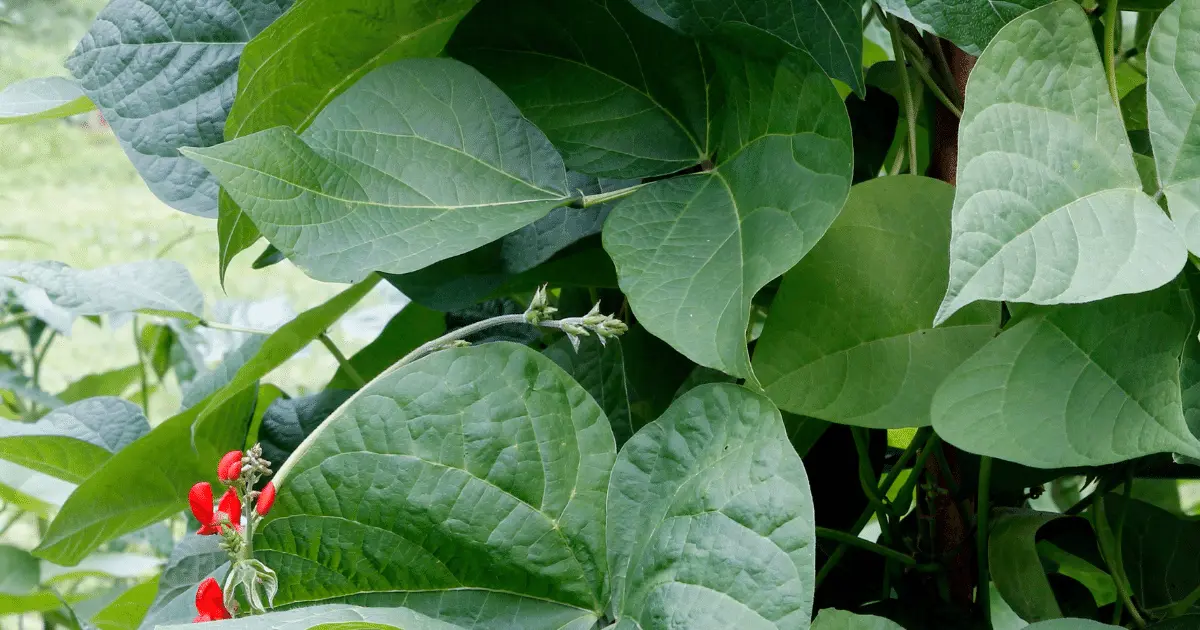
Pole Beans are annual herbaceous plants cultivated for their seed and fruits. Pole beans fix nitrogen into the soil, which would greatly serve the corn to thrive properly.
Precautionary Measures for Using Corn Companion Plants
Cabbages, tomatoes, eggplants, fennel, and Swiss chard don’t do well with corn. When considering options for corn companion planting, you should keep them off because they can cause serious detrimental effects to your corn.
